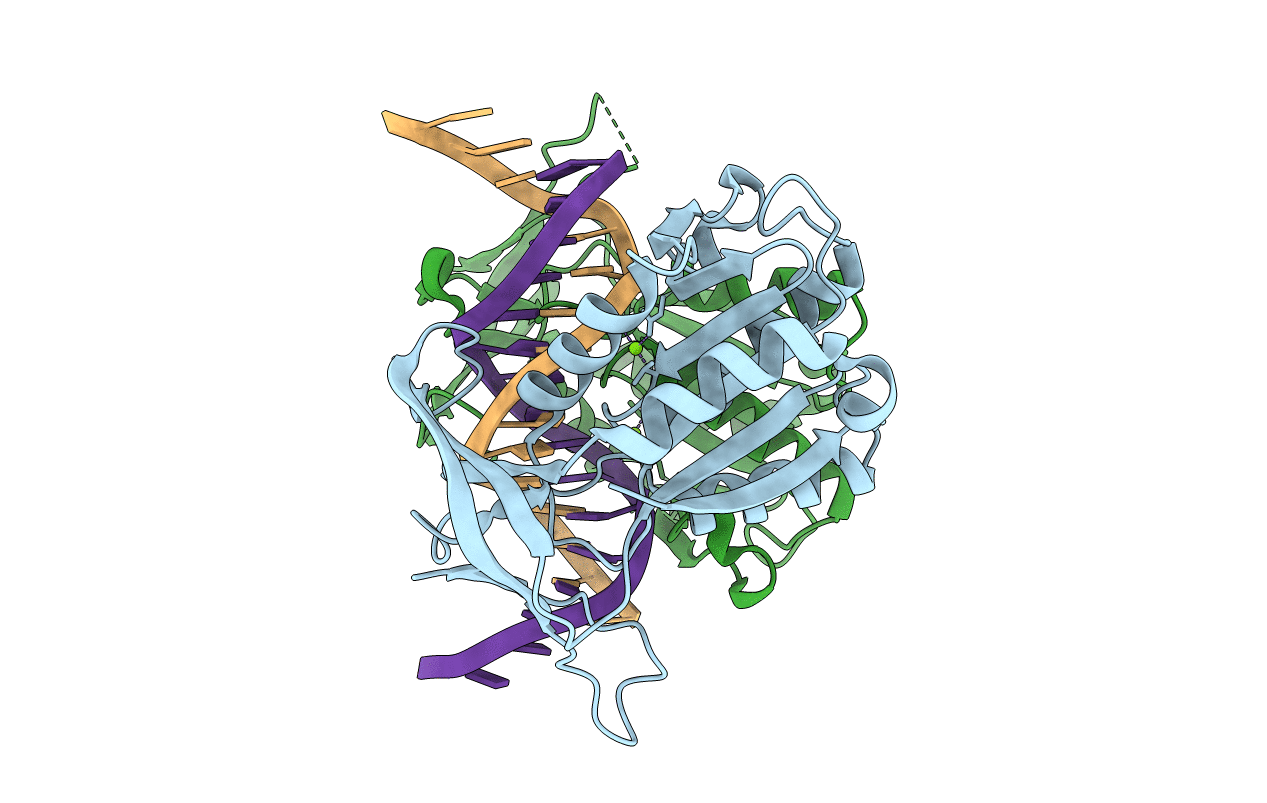
Deposition Date
1999-09-23
Release Date
2000-02-21
Last Version Date
2024-11-06
Entry Detail
PDB ID:
1D2I
Keywords:
Title:
CRYSTAL STRUCTURE OF RESTRICTION ENDONUCLEASE BGLII COMPLEXED WITH DNA 16-MER
Biological Source:
Source Organism:
Bacillus subtilis (Taxon ID: 1423)
Method Details:
Experimental Method:
Resolution:
1.70 Å
R-Value Free:
0.20
R-Value Work:
0.18
R-Value Observed:
0.18
Space Group:
P 21 21 21


